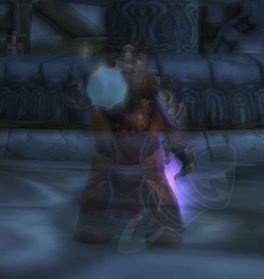

The rest of the cephalopods have complicated eyes. Octopus, squid, cuttlefish, and nautilus all have differently shaped pupils- an octopus has a rectangular pupil. They are able to dilate and constrict their pupils in varying light intensities and can probably distinguish very simple visual cues. Only the nautilus has a comparatively basic eye anatomy, relying on a pinhole pupil without a lens.

Octopus, squid, cuttlefish, and nautilus all have differently shaped pupils- an octopus has a rectangular pupil, a cuttlefish has a w-shaped pupil, and a squid’s pupil is circular. Most cephalopod eyes, like human eyes, contain an iris, pupil, lens, and in some cases, a cornea. In some cephalopods the eyes are as complex as the human eye, and the eye of the giant squid is enormous. SightĬephalopods are famous for their eyes. These arms lack suckers but are lined with sticky grooves that help them grab prey.
#Beasts of prey items invisible plus#
The nautilus boasts an amazing 90 plus arms. Inspired by the strength and suction mechanism of octopus suckers, scientists are using them as models for medical adhesives and attachment in robots. The muscle contraction causes water pressure within the sucker cavity to drop and the higher pressure of the surrounding open ocean forces the sucker surface against its chosen target, creating a strong hold. Trapped within the sucker cavity, the water has nowhere to go as the sucker muscles contract. Upon coming in contact with an object, like a tasty crab or rocky ledge, the sucker surface creates a seal with the object. Only the chambered nautiluses have an external shell.Īn octopus is a bit more dexterous than a squid, and uses its arms for a variety of tasks including walking and handling objects. Some have hard, internal structures, like the cuttlebone in the cuttlefish and the pen in the squid, that evolved from the hard, outer shells of their ancestors, but in many octopuses the hard structure is completely lost. The basic cephalopod body plan includes two eyes, a mantle, a funnel (also called a siphon), and at least eight arms. Cephalopods have long fascinated humans and were frequently mentioned by Aristotle, and this fascination shows no signs of diminishing today.Īnatomy, Diversity, and Evolution AnatomyĬephalopod literally means “head foot” in Greek, a reference to the way the cephalopod’s head connects to its many arms.

The largest-the giant squid-measures longer than a school bus, while the smallest ones-like the pygmy squid and California lilliput octopus-could sit on the tip of your finger. Early in their evolution, cephalopods relied on the sturdy protection of shells, but over time many eventually lost the outer shell and instead relied on new adaptations like heightened intelligence, a talent for hiding, and strong, flexible arms. A highly intelligent group of ocean dwelling creatures, the living cephalopods include the eight-armed octopuses, the ten-armed squids and cuttlefishes, and the shelled chambered nautiluses.


 0 kommentar(er)
0 kommentar(er)
